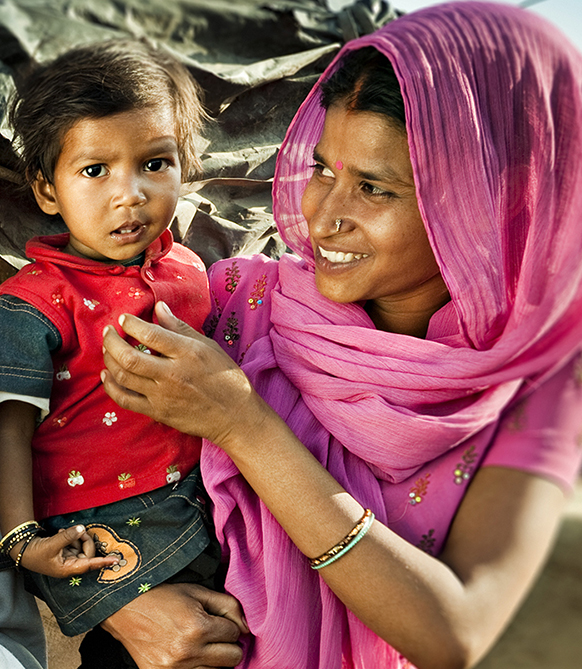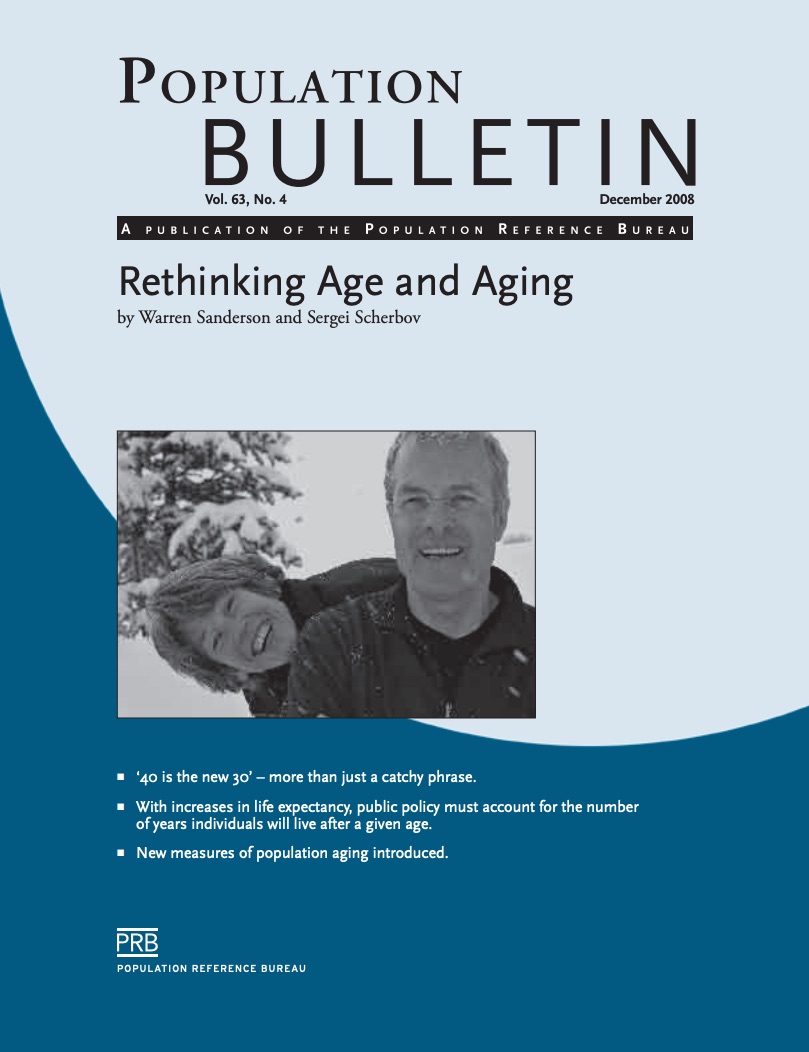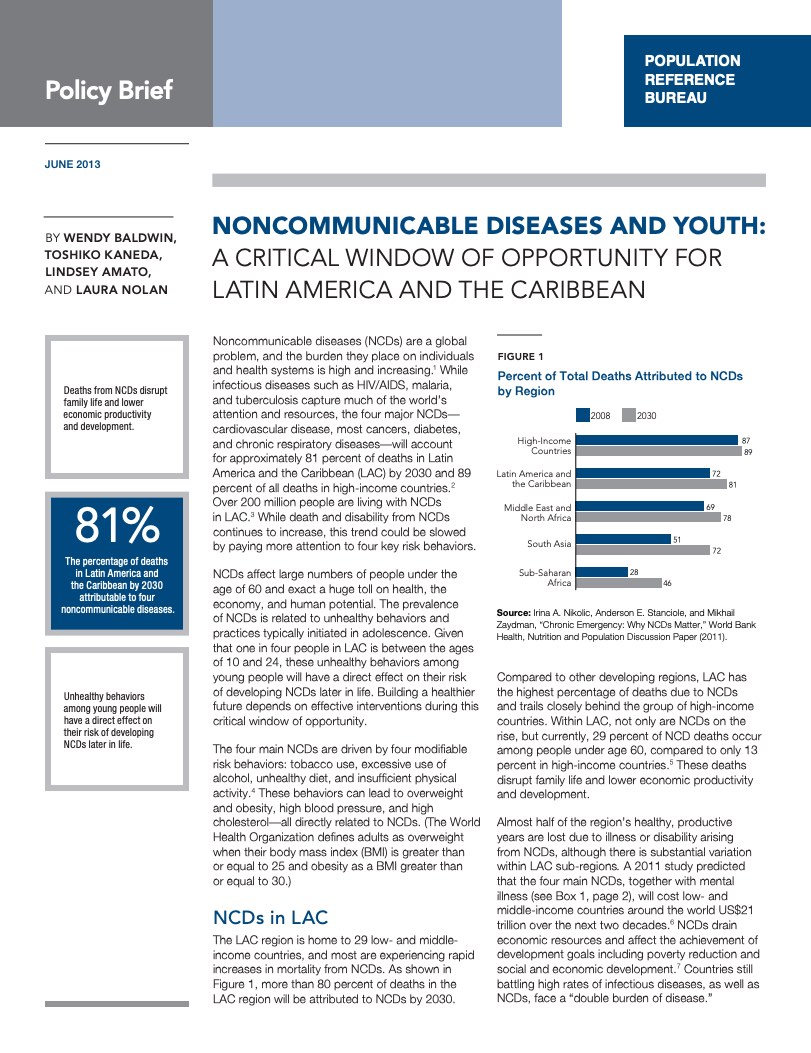HIV/AIDS and the Natural Environment
(2006) Still, at least one research and policy dimension remains little explored: The relationship between HIV/AIDS and the natural environment. HIV/AIDS is shaping society's impact on the natural environment in myriad ways and at many levels.



